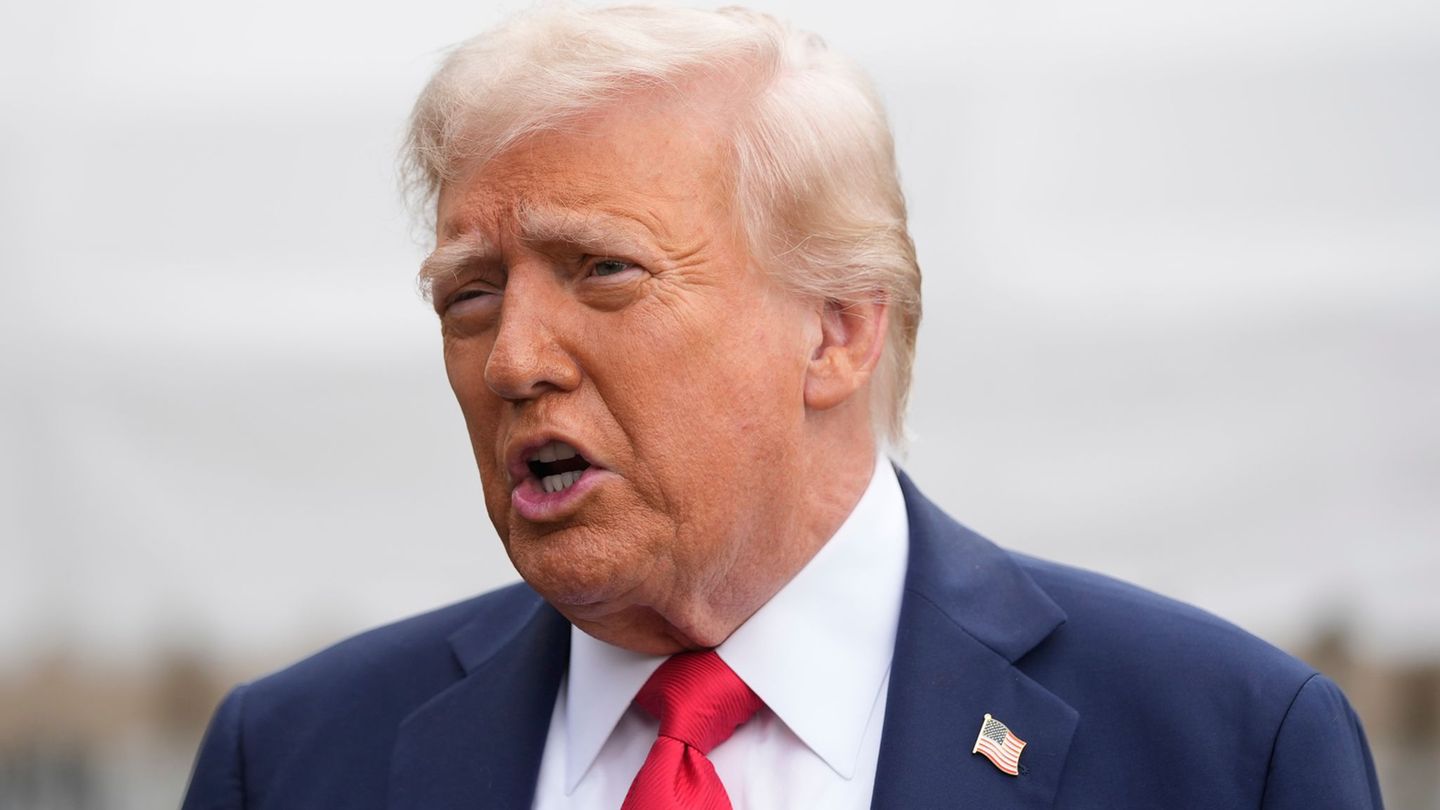For its part, the Buenos Aires stock market fell 1% to 137,542.20 points. Thus, in the leading panel the greatest decrease was for Central Puerto (-2.9%), followed by Cresud (-2.7%), Transportadora de Gas del Norte (-2.3%), and BBVA bank (-2.3%). Loma Negra (+3.1%), Cablevisión (+0.8%) and Transportadora de Gas del Sur (+0.6%) were saved from the general declines.
Meanwhile, the shares of Argentine companies listed on Wall Street ended the day in a mixed way. The main falls were for Despegar (-4%), Central Puerto (-3.7%) and YPF (-1.8%). At the same time, the largest increases were for Globant (+4.5%), Loma Negra (+3%), and Transportadora Gas del Sur (+1.7%). On Wall Street, the main indices ended higher: Dow Jones (+1.1%), S&P 500 (+1.1%) and the Nasdaq (+0.9%).
On the local news the entry into force of the so-called ‘Import System of the Argentine Republic’ was highlighted (SIRA), a mechanism by which the Government seeks to restrict the sale of foreign currency. “The new system once again compressed the demand for dollars, allowing the monetary authority to absorb the excess available in the wheel,” said Gustavo Quintana, operator of PR Corredores de Cambio.
On the outside scene, Some companies’ balance sheets were better than expected for the third quarter, driving stock markets higher on the New York Stock Exchange. Goldman Sachs, Netfilx and Lockheed Martin after presenting their corporate results eased concerns about a weak earnings season.
Bonds and country risk
In the fixed income segment, on the other hand, sovereign bonds in dollars closed unevenly, after the sharp falls in recent weeks. In that sense, Global 2035 rose 1%, followed by Bonar 2029 (+0.7%). The main losses were for Global 2014 (-3.3%) and Global 2029 (-2.3%). JP.Morgan’s country risk fell 1.4% to 2,798 basis points.
The Ministry of Economy has scheduled for Wednesday a tender for Treasury securities, with which it will seek to face debt payments in pesos for some 142 billion pesos.
“The sharp increase in debt is a direct consequence of the fiscal deficit. So that the dynamics are not explosive over time, the need for financing will have to be reduced, reducing spending,” said Lautaro Moschet, an economist at the Fundación Libertad y Progreso and added that “In addition, the interest rate, which is increasing, worsens the future outlook and shortens the time the government has to prevent the ‘snowball’ from increasing further.”
Source: Ambito
David William is a talented author who has made a name for himself in the world of writing. He is a professional author who writes on a wide range of topics, from general interest to opinion news. David is currently working as a writer at 24 hours worlds where he brings his unique perspective and in-depth research to his articles, making them both informative and engaging.




